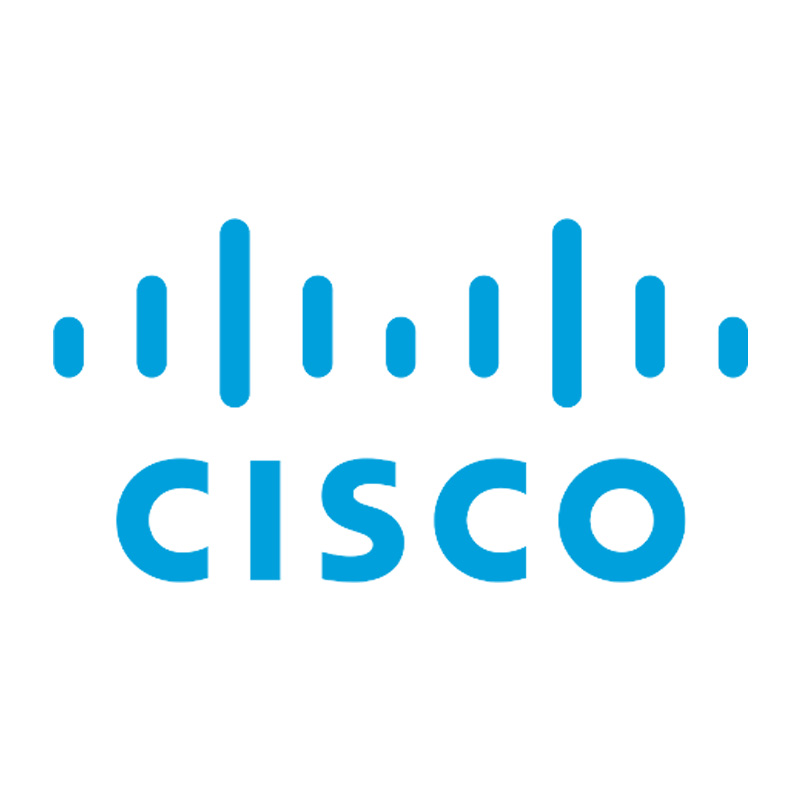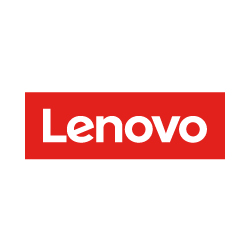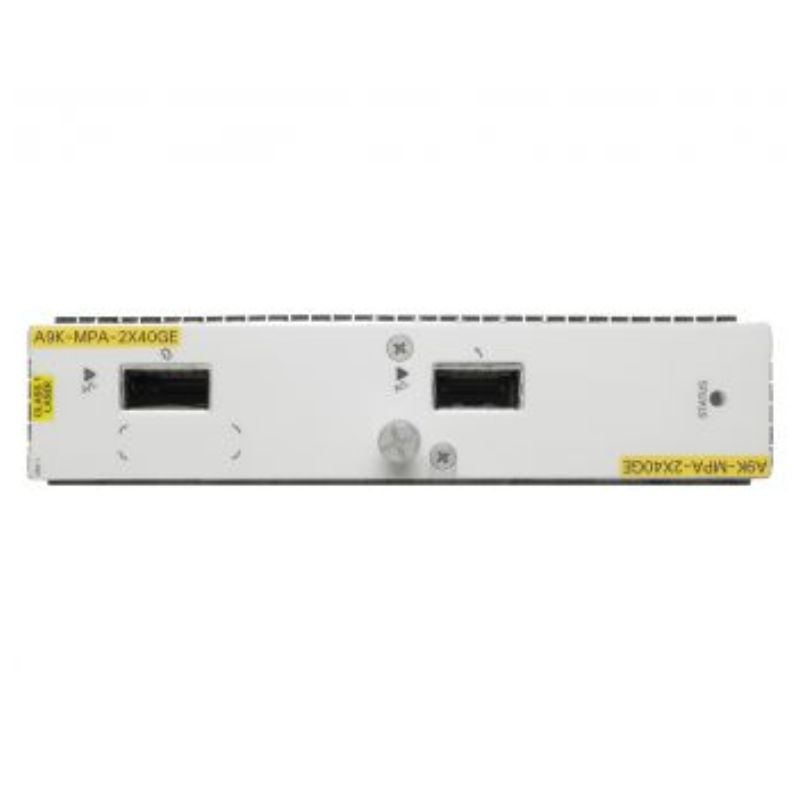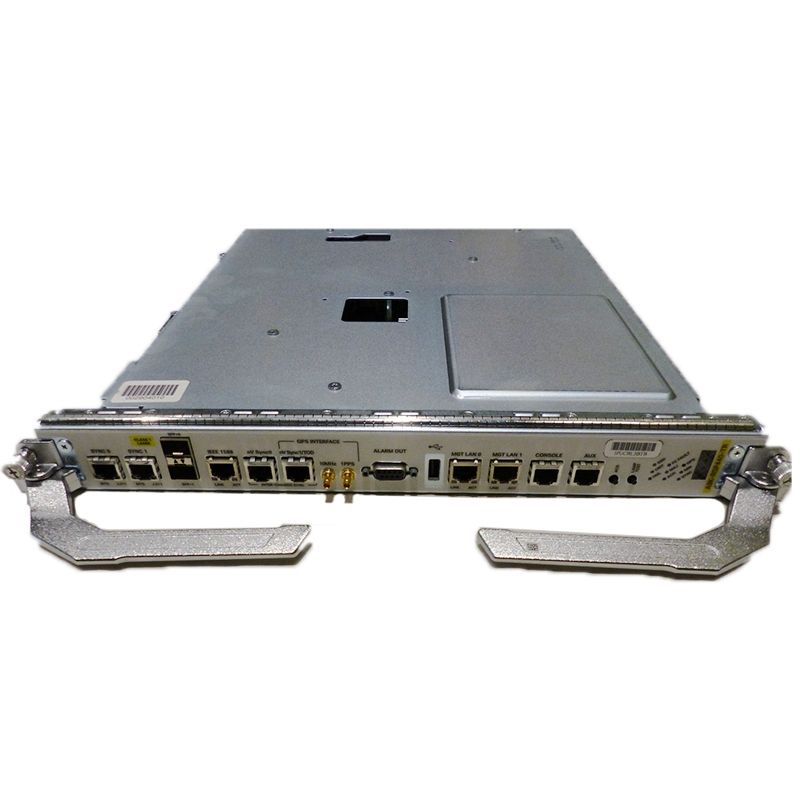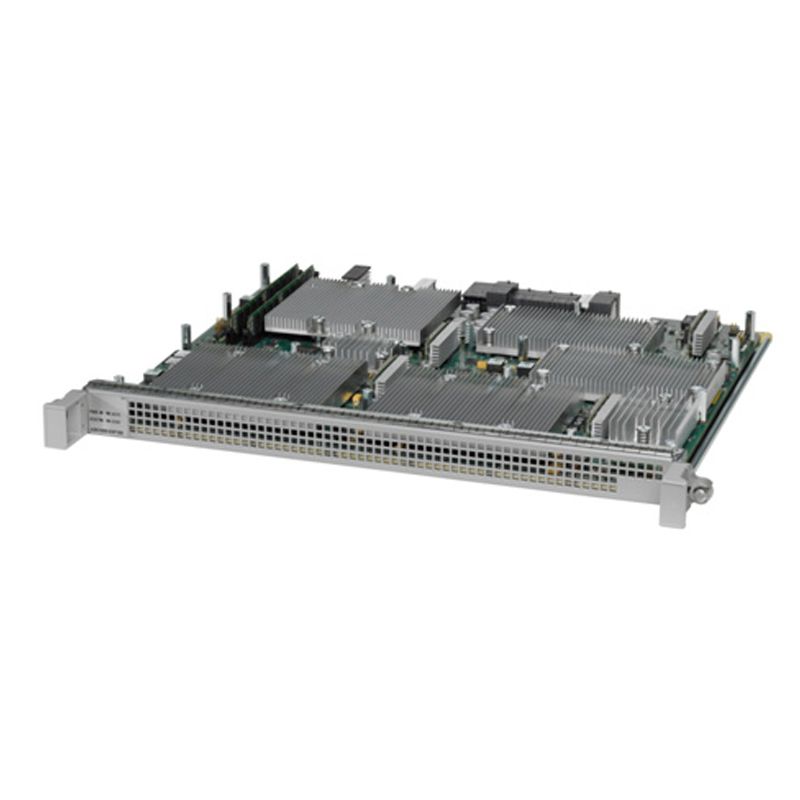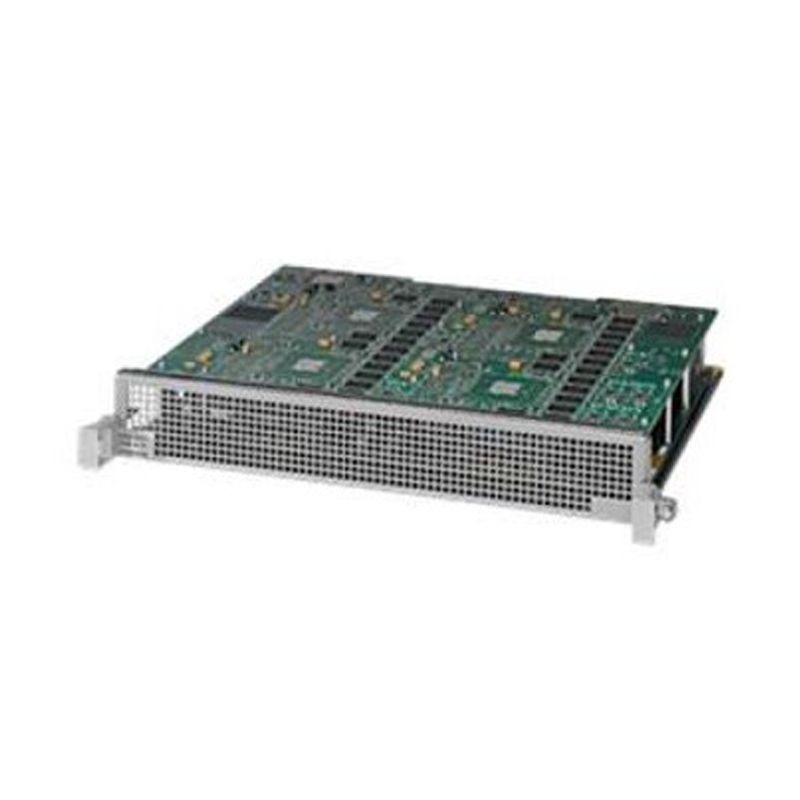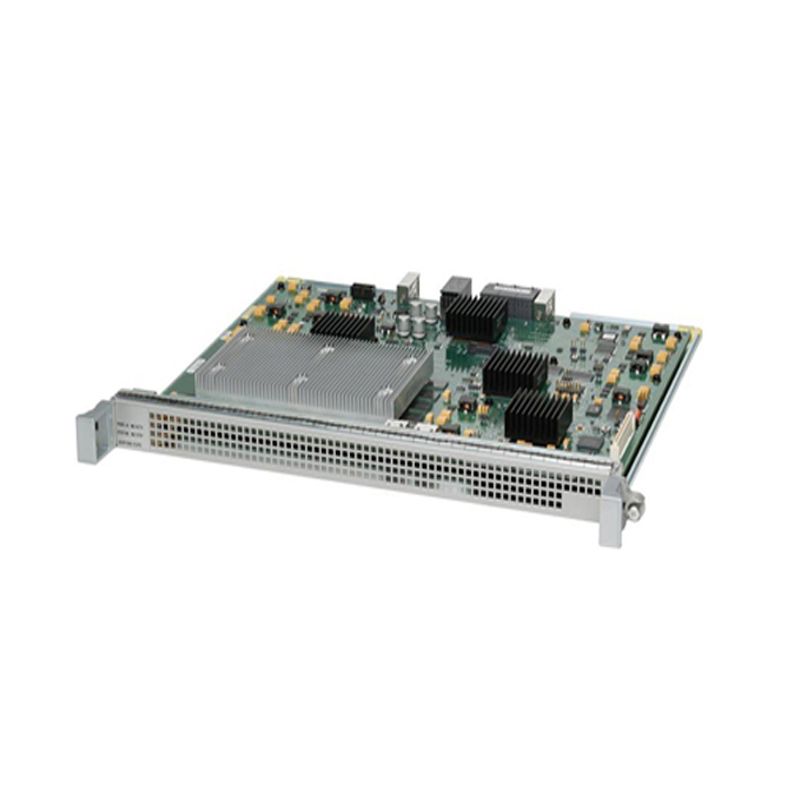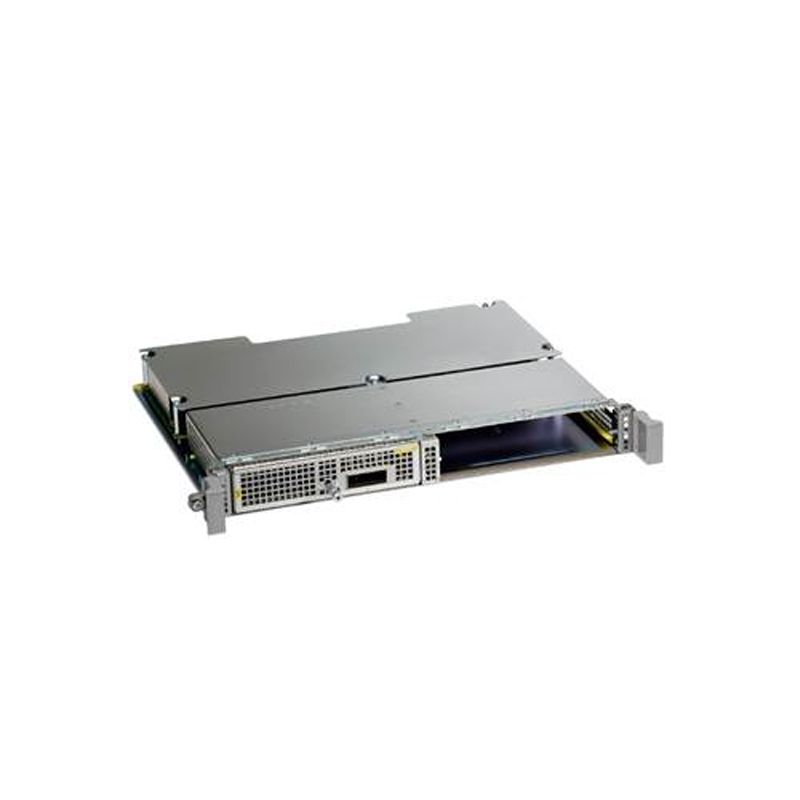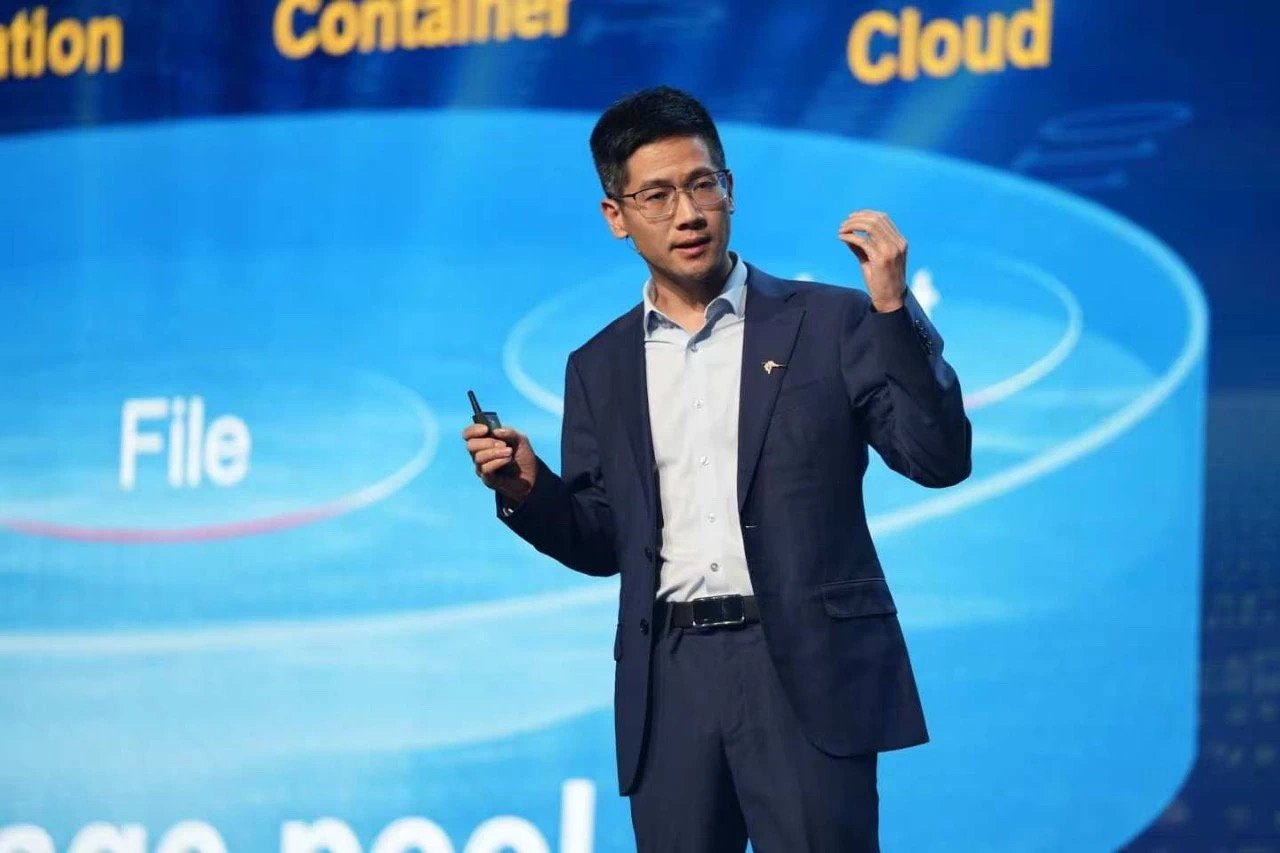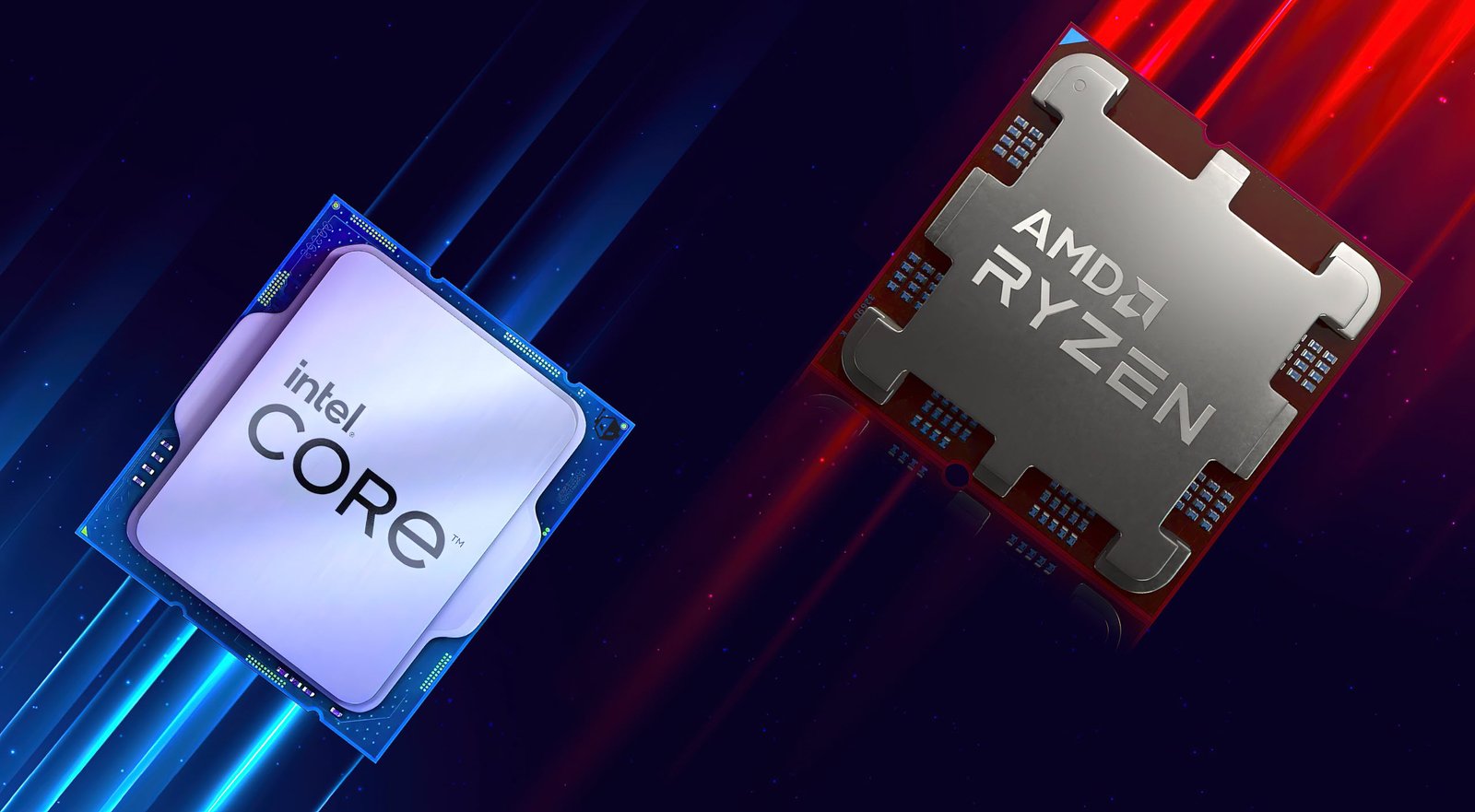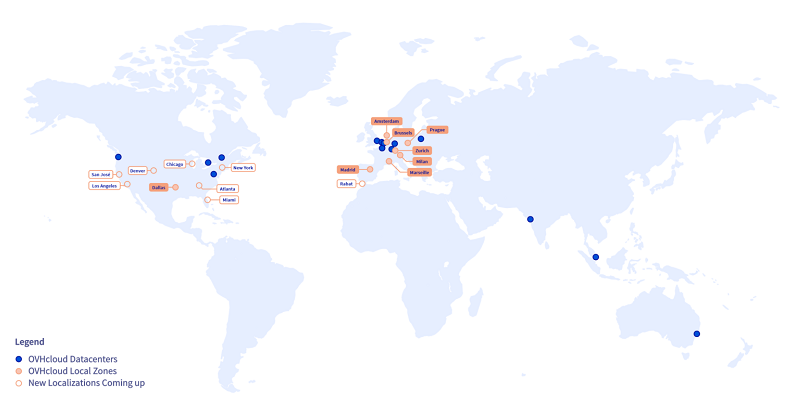Cisco is making a significant move into quantum networking technology.
Last week, the company announced two milestones intended to make “quantum computing practical years ahead of current timelines,” according to a blog post by Vijoy Pandey, GM and senior vice president of Outshift by Cisco, the company’s emerging technologies incubation engine.
First, Cisco introduced a quantum network entanglement chip. The research prototype is designed to enable quantum networks to scale and connect quantum processors for practical applications, per the post.
The company also opened Cisco Quantum Labs, a Santa Monica research facility where scientists and engineers are working on the future of quantum networking technologies.
Addressing Quantum Scaling
The challenge for Cisco — and every company trying to make quantum computing a reality — is that today’s quantum processors have only hundreds of qubits, while uniquely quantum applications require millions. This is why even the most ambitious quantum computing roadmaps currently only target a few thousand qubits by the early 2030s.
Looking back, classical computing faced a similar scaling challenge. It couldn’t scale until the industry could connect smaller nodes over a network to create more powerful, distributed systems within data centers, and later the cloud. Pandey discussed this issue on an analyst call, saying how the future of quantum isn’t “a single monolithic quantum computer.” Instead, the way forward is to create scaled-out quantum data centers, “where processors work together through specialized networking,” he said.
Related:The Weirdest Network Issue I’ve Had to Troubleshoot
Again, this has many parallels with traditional computing, where networks went through many evolutionary steps to give us the environments we have today.
The Role of the Quantum Network Entanglement Chip
Developed in collaboration with the University of California, Santa Barbara, Cisco’s prototype quantum entanglement chip “generates pairs of entangled photons that enable instantaneous connection regardless of distance through quantum teleportation — what Einstein famously described as spooky action at a distance,” Pandey said.
Key features of the chip include the following:
-
It can use existing fiber optic infrastructure by operating on standard telecom wavelengths.
-
It operates at room temperature as a miniaturized photonic integrated circuit, which facilitates scalable system deployment.
-
It doesn’t consume a lot of energy — less than 1 milliwatt of power.
-
It delivers high performance — 1 million high-fidelity entanglement pairs per output channel, with a rate of up to 200 million entanglement pairs per second in chip.
Related:The Status of Optical Transport Equipment
Quantum Goals
Although the Quantum Labs facility is new, Pandey mentioned that Cisco has been developing the fundamentals of the quantum networking stack for years. The lab serves as a facility where Cisco researchers can experiment with quantum networking innovations that bridge both theoretical concepts and practical implementation. This is key to adoption, as practical use cases help show what’s possible today and in the future.
Projects underway at the lab include the following:
-
Entanglement distribution protocols.
-
A distributed quantum computing compiler.
-
A quantum network development kit.
-
A quantum random number generator, which is vital for making it virtually impossible to replicate or hack ongoing research.
“The mission of the lab is to accelerate pragmatic, scalable quantum computing through quantum networking,” Pandey said.
He said the team works with the broader Outshift team along with the optics and photonics group. The lab also works with Cisco’s security business group and more than 10 universities and industry organizations to scale up the research work.
As Cisco moves deeper into quantum networking, it can use its proven capabilities in classical networking to bring it into the quantum world. While quantum and classical networking differ, quantum networking use cases are relevant in classical networking, said Ramana Kompella, head of Cisco research, during the analyst briefing.
Related:How AI, Energy Requirements Are Shaping Data Center Investment
“There are a lot of quantum computers out there, but not in production, because the quantum computing applications are still evolving,” Kompella said. “But the advantage of focusing on quantum networks for the classical world is it decouples our use cases from waiting for this whole quantum computing application ecosystem to evolve.”
Kompella said the team can focus on classical, practical applications and develop those over the next five to 10 years so they become building blocks for quantum computing and networking.
From an industry perspective, the work Cisco and other companies are doing in quantum is important. Right now, opinions vary as to when quantum might become real and what the use cases are. One aspect of the Cisco strategy I like is it’s looking to use quantum today to improve classical computing while working on use cases that are “uniquely quantum.” History has proven that once the “what’s possible” has been shown, adoption tends to accelerate quickly.





